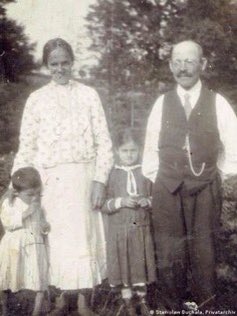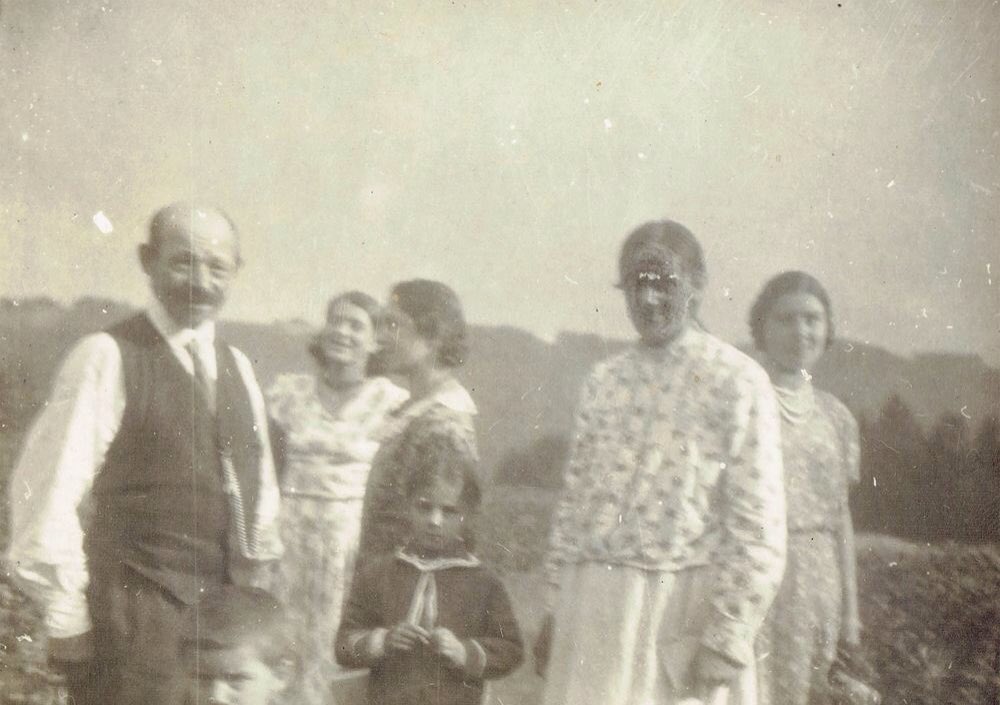
The #Righteous during World War Two
1/n
In 2019, a non-Jewish couple who risked their lives to help shelter Jewish filmmaker Roman Polanski during World War II have posthumously been named 'Righteous among the Nations' by Israel's World

1/n
In 2019, a non-Jewish couple who risked their lives to help shelter Jewish filmmaker Roman Polanski during World War II have posthumously been named 'Righteous among the Nations' by Israel's World


2/n Holocaust Remembrance Center.
The Buchala family was poor. They lived in a small house in the village of Wysoka, near the southern Polish city of Krakow. Dinner usually consisted of potatoes; sometimes there was milk. In late summer, there might be blueberries and mushrooms.
The Buchala family was poor. They lived in a small house in the village of Wysoka, near the southern Polish city of Krakow. Dinner usually consisted of potatoes; sometimes there was milk. In late summer, there might be blueberries and mushrooms.
3/n There were already three children to feed but Stefania and Jan did not hesitate to help the young Jewish boy 

4/n whose father had smuggled him out of the Krakow ghetto in March 1943. He was nine-years-old and had been handed from one family to the next before ending up with the Buchalas where he stayed until the end of the war in 1945. The Buchala children assumed that "Romek" was their
5/n brother. And after the war, they said he had gone to the US.
They never knew he had grown up to become famous film director Roman Polanski.
They never knew he had grown up to become famous film director Roman Polanski.
6/6 Polanski, for his part, remembered the "good" that Stefania had shown him and said what her and her husband, Jan, had done for him was "incredible." He added that daily life had been a "struggle for survival".
• • •
Missing some Tweet in this thread? You can try to
force a refresh














